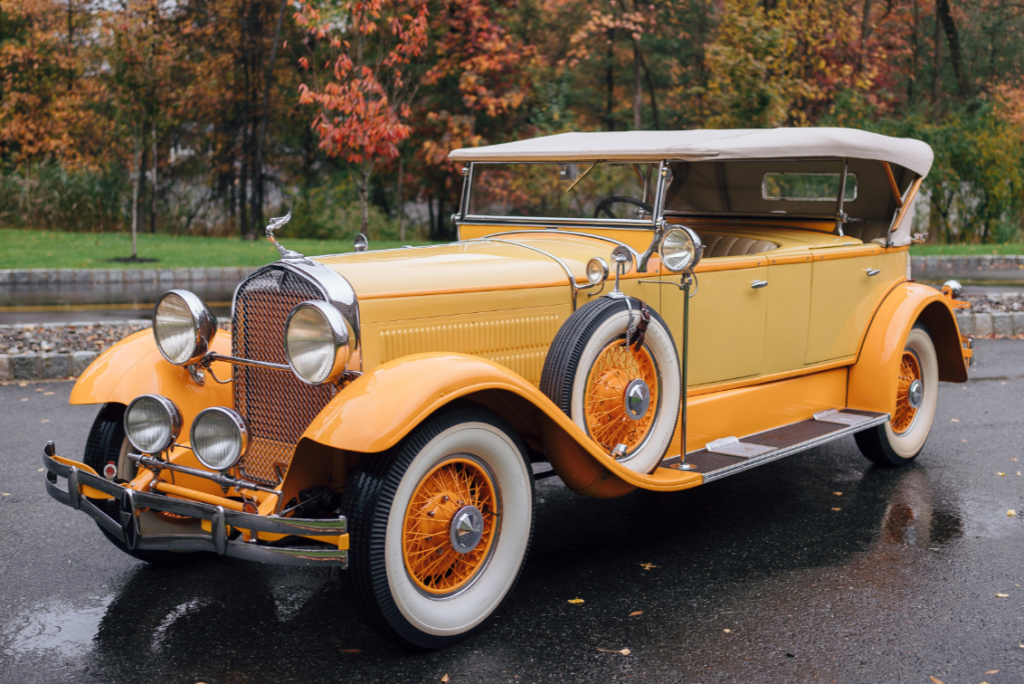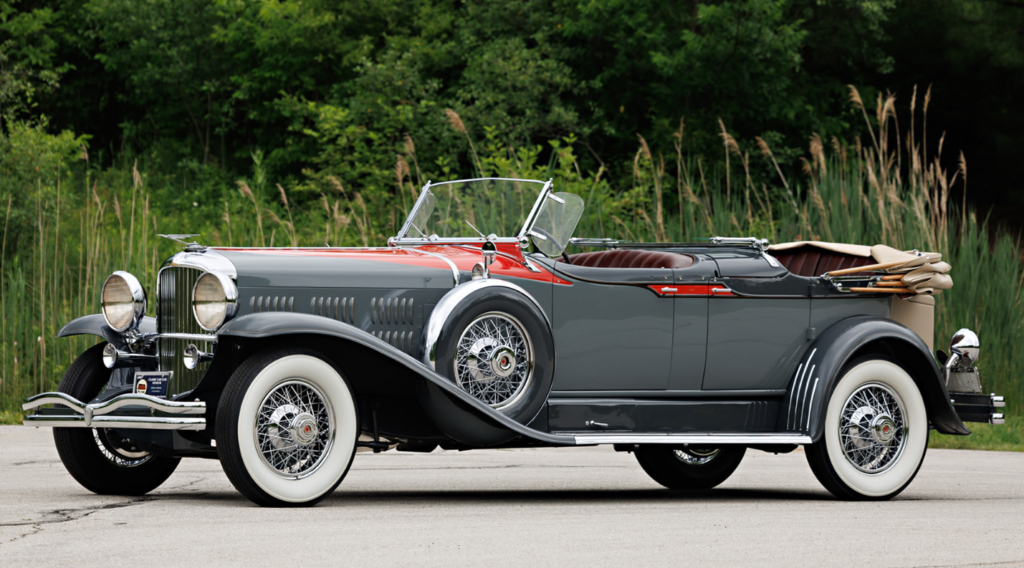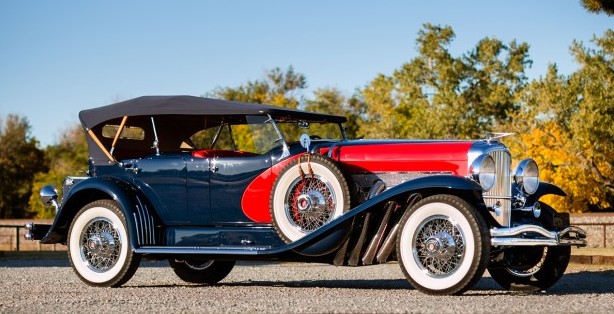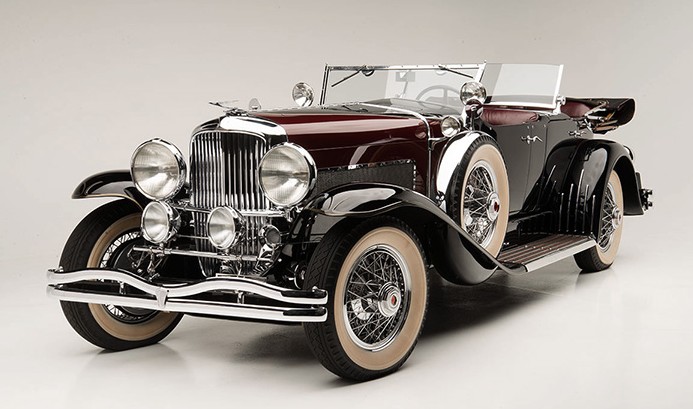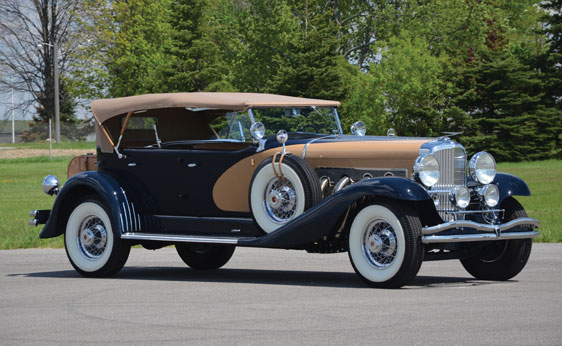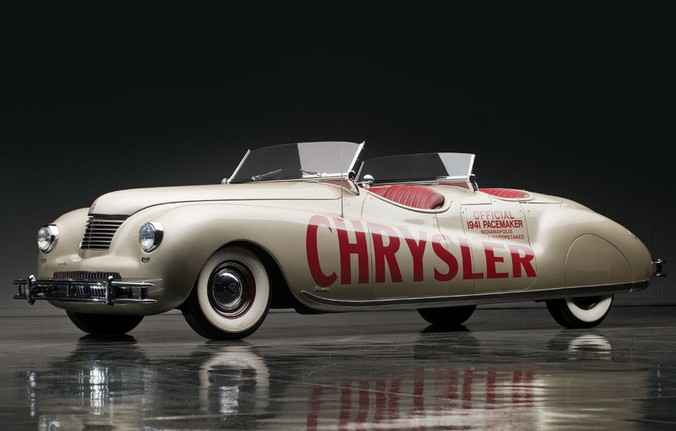1930 Rolls-Royce Phantom II Dual Cowl Sports Phaeton by Whittingham & Mitchel
Offered by Artcurial | Paris, France | February 2024

The Phantom II was produced by Rolls-Royce between 1929 and 1935, upping the ante over the original Phantom and eventually being replaced by the Phantom III. Of the 1,681 produced, apparently nine were “experimental” chassis. This is one of those.
Powered by a 7.7-liter inline-six, this chassis was originally fitted with Park Ward limousine bodywork. It was later used as a factory test car before being sent back to the factory in 1933 to be modified to “normal” Phantom II specs. Later that year its next owner sent it to Whittingham & Mitchel of London to be re-bodied.
And that bodywork is striking and very unconventional for a Rolls. The low beltline, tiny rear doors, swept fenders… it’s a sporty Rolls for sure. The estimate here is $175,000-$260,000. More info can be found here.

